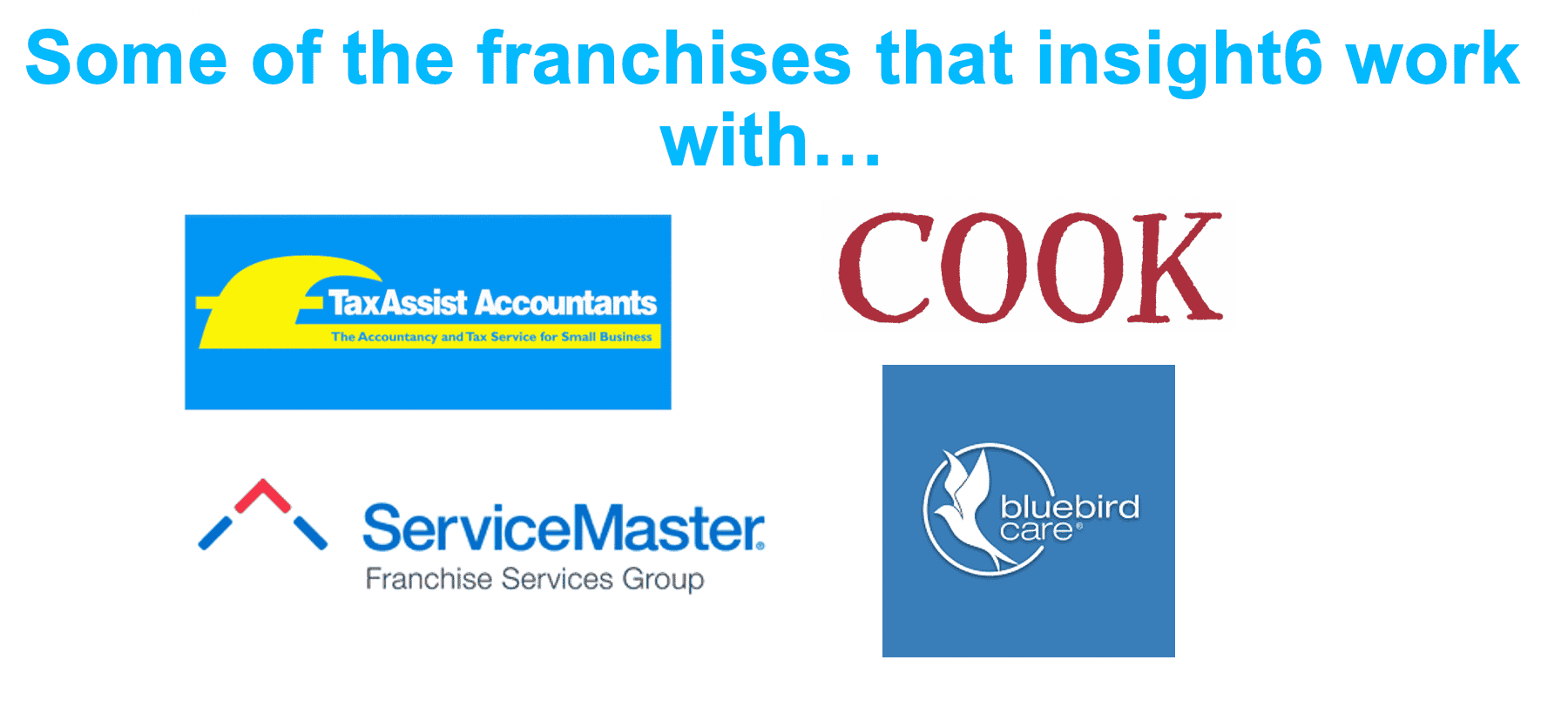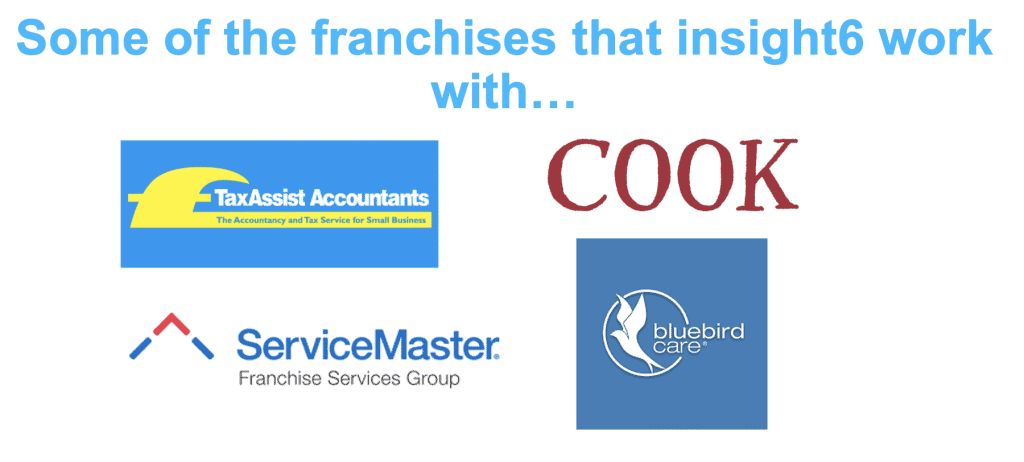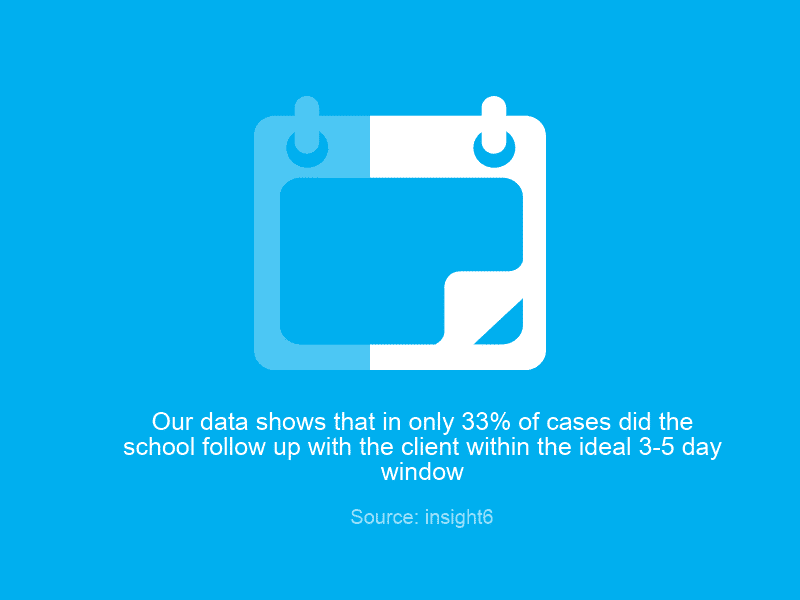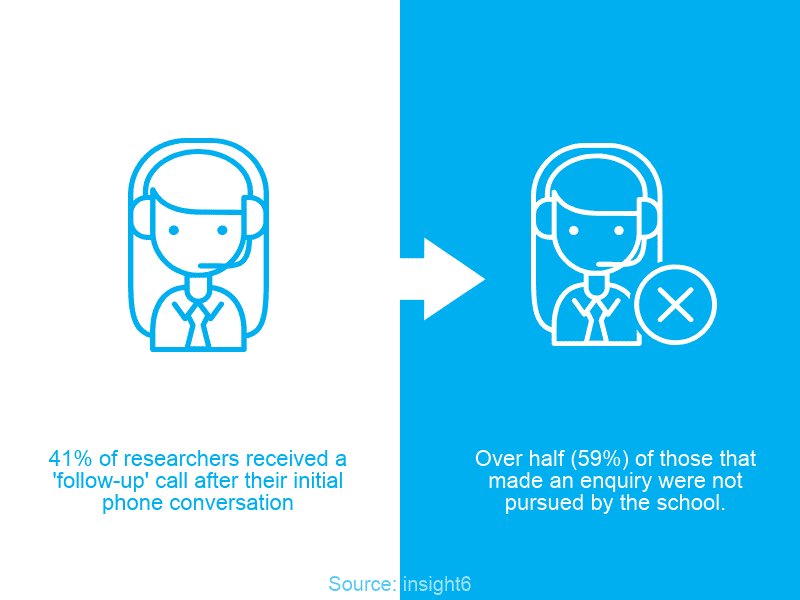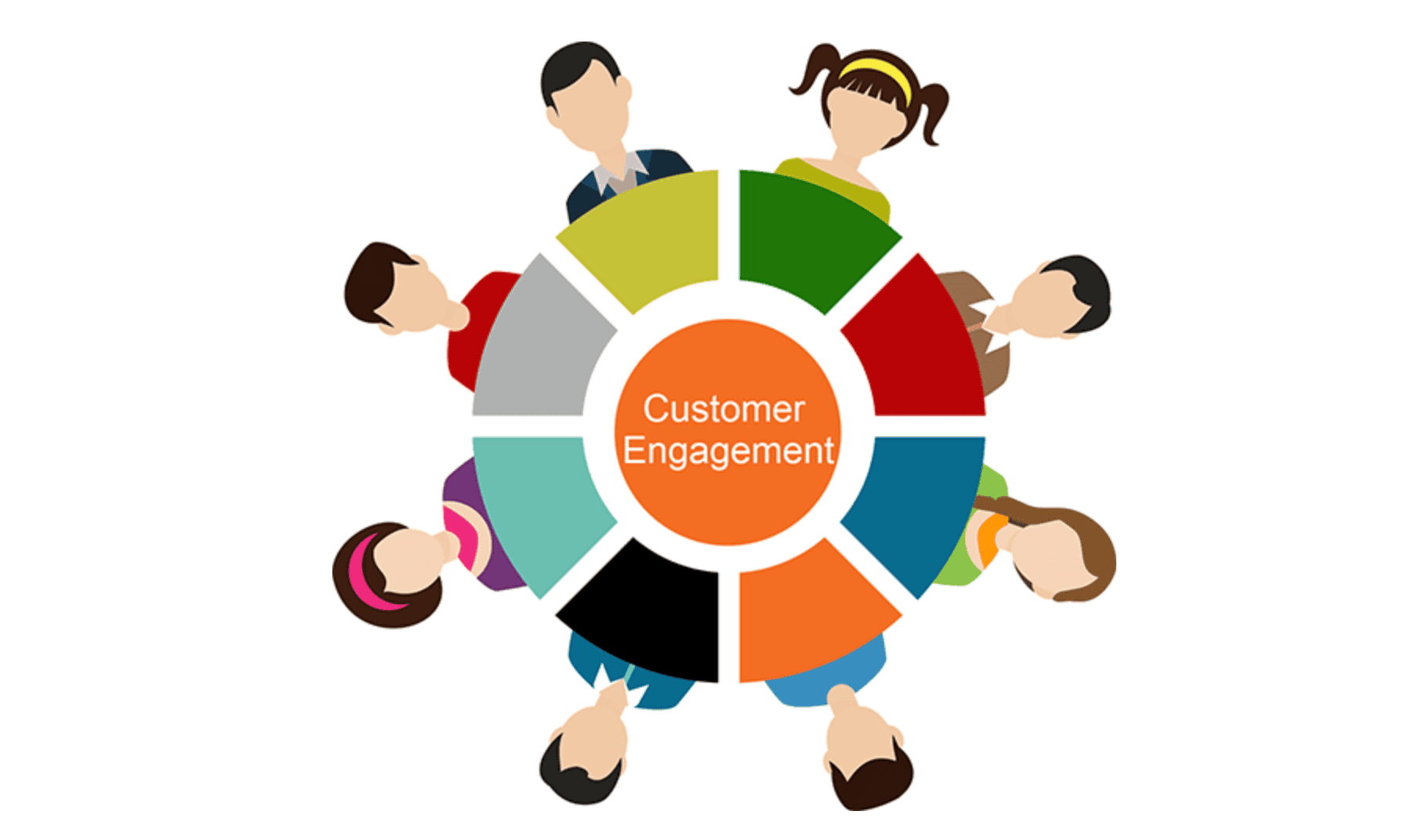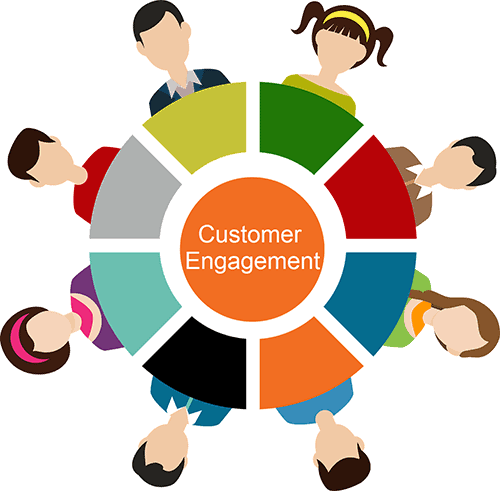One crucial strategy for increasing ROI stands out in today’s business world: making your customers happy. It’s not just a trend; it’s a key to success. Look at Amazon—it’s a great example of how focusing on customer happiness can make a business thrive. Here, we examine why customer happiness is vital for boosting ROI and present six ways to enhance your business’s success by delivering an exceptional customer experience (CX).
Measuring what matters
Customer experience (CX) should be a top priority in every business meeting. You might think, “You would say that as leading UK customer specialists”, but don’t just take our word for it. According to Forrester, businesses prioritising customer experience grow their revenue 1.7 times faster than businesses that don’t.
However, recognising its importance isn’t sufficient. You must demonstrate the impact of customer experiences, good or bad, on your bottom line. Without tangible evidence, convincing company leaders to invest in CX can be an uphill battle. So, while it’s evident that CX is crucial for customer satisfaction, proving its value through measurable ROI is essential for securing the budget and resources to stay competitive.
Six ways CX will improve your ROI
1. Customer Loyalty and Retention:
Why does customer loyalty matter? It’s simple—happy customers stick around. Investing in CX breeds loyalty, reducing the churn rate and the need for constant customer acquisition. As satisfied customers remain loyal, the cost of acquiring new ones diminishes, leading to sustainable growth and an enhanced ROI over time.
2. Repeat Business and Upselling Opportunities
How does CX drive repeat business? When customers have positive experiences, they’re more inclined to return for more. Moreover, a satisfied customer is like fertile ground for upselling. By delighting customers with exceptional experiences, businesses create opportunities to cross-sell or upsell additional products or services, further bolstering revenue streams.
3. Positive Word-of-Mouth Marketing
Why is word-of-mouth marketing so potent? It’s built on trust. Delighted customers don’t just keep their positive experiences to themselves; they share them with others. This organic promotion by satisfied customers is invaluable, attracting new business at a fraction of the cost of traditional advertising and increasing ROI in the process.
4. Reduced Customer Service Costs
How does CX impact customer service costs? Simply put, fewer complaints mean fewer resources expended on resolving them. By prioritising CX and consistently delivering excellent experiences, businesses can mitigate issues before they arise, leading to lower customer service costs and a healthier bottom line.
5. Differentiation in a Competitive Market
What sets businesses apart in a crowded market? Exceptional customer service. In fiercely competitive industries, CX becomes a crucial differentiator. Businesses carve out a niche by consistently exceeding customer expectations and attracting discerning customers who value superior experiences, increasing market share and profitability.
6. Enhanced Customer Lifetime Value (CLV)
Why is the customer lifetime value (CLV) crucial? It’s a long game. CX isn’t just about one-off transactions; it’s about fostering enduring relationships. By providing consistently positive experiences, businesses cultivate loyal customers with higher CLV. These customers become the backbone of sustained profitability, driving up overall ROI.
Conclusion: Increasing ROI with CX
Investing in CX isn’t merely discretionary—it’s an investment with tangible returns. By prioritising customer experience, businesses enhance satisfaction and directly impact operations, increasing profitability and ROI. If you aim to future-proof your business, doubling down on CX is critical. At insight6, we believe in the transformative power of exceptional customer experiences. Ready to elevate your business? Contact us today for a no-obligation chat and unlock your CX strategy’s full potential.
Like what you have read? Sign up for the insight6 newsletter to keep up-to-date with everything you need to know to improve your customer experience.
Don’t miss the latest insights and strategies to enhance your customer experience. Sign up for the insight6 newsletter and stay ahead of the competition!



